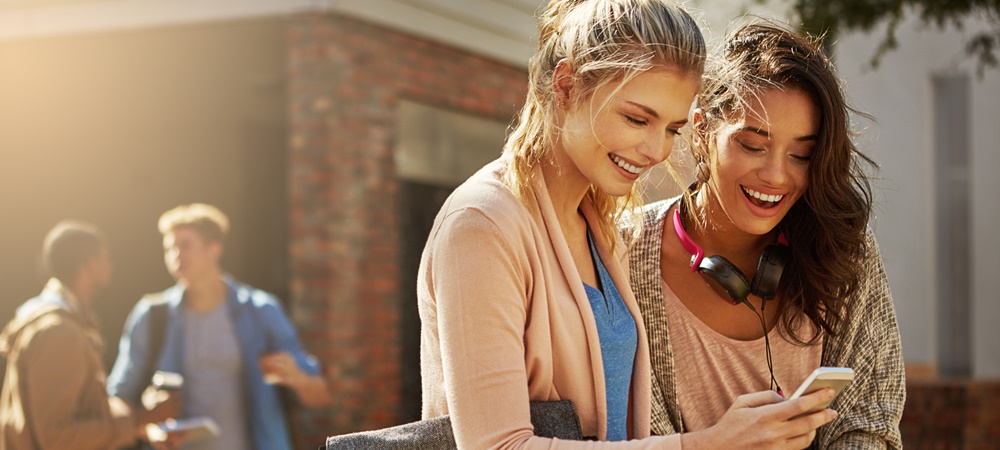Social media has a substantial impact on the spending habits of Australian university students, according to a new study.
The UniBank Social Spending Report surveyed 1,202 university students across the country and found 88 per cent believe social media impacts their spending.
Nearly half of respondents (43 per cent) said the ease of purchasing on Instagram and Facebook was a major trigger for how much they spent via social, while FOMO (fear of missing out) and peer pressure via social media were factors for over a third (39 per cent).
UniBank general manager Mike Lanzing said it makes sense that social media encourages students to shop, as they are exposed to influencers living luxurious lives.
“If you’re aged under 25, you’re constantly exposed to aspirational lifestyles on social media, so it’s not surprising to see it has a real impact on students’ spending habits,” he said.
The report also revealed key differences in the way social media influences men and women’s spending habits.
Men are most influenced by what they see on social media when choosing restaurants, cafes and bars (61 per cent), followed by festivals and events (55 per cent) and travel (35 per cent).
Female students, on the other hand, feel more influenced to spend on fashion and beauty (71 per cent), followed by restaurants, cafes and bars (66 per cent) and then festivals and events (57 per cent).
The majority of students (82 per cent) said they usually use their own savings or debit card to make social media purchases, while buy now, pay later services were also popular. Only 15 per cent said they use credit cards.
Despite 72 per cent saying they always consider what they can afford before they spend, a third (32 per cent) admitted to some buyer’s remorse. The main regrets were wishing they had spent on something better or more important (65 per cent) or the purchase not being what they wanted (32 per cent).

